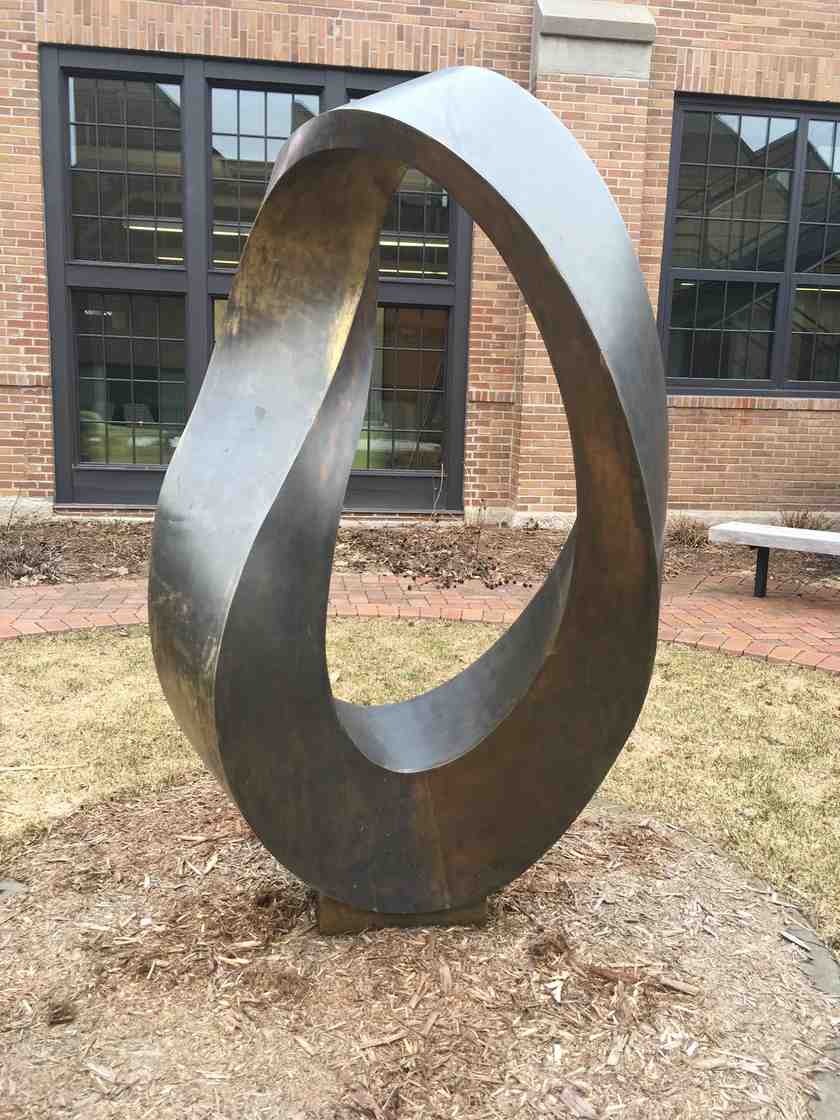There is art all around us. When you step back and take in a scene you will find both organic and inorganic art in almost anything you look at. If you take a closer look, you will be surprised to find that mathematics is almost always interconnected within it.
For an artist to create a piece of art that has proper ratios, proportions, and perspective, mathematics must be called to work just as much as the creative process is put to work; through following mathematical rules and principles such as the golden ratio or linear perspective. Using math concepts to create a work of art will make it enjoyable for the human brain to look at and take in. When a piece of art has mismatched perspectives and/or ratios, it creates a distaste in our brains. Thinking about the art within mathematics comes as a much greater shock than math in art. The beautiful thing about math is how often art is simply created within a problem and often unnoticed. Parabolas, geometry, sequences, and the Mobius strip are often beautiful and created solely by the expression or solution of a problem.

Double Mobius Strip by Plamen Yordanov
Display of Mobius Strip art.

Untitled (020) by Nicolas Dubreuille
Display of Geometric art.

Airy forest Pavilion by Brookyln based nArchitiects
Display of Parabolic art.
In today's world, it is common to hear people wonder if they are right-brained or left-brained. They are referring to a theory that identifies people as being analytical and mathematical in their thinking, meaning left-brained dominant, or being more artistic and creative, which is referred to as right-brained (MacNeilage, 2009). Being so focused on what half of the brain people are using makes it easy to miss out on how both halves work together and benefit each other. While art is often pointed out to young junior high and high school students in drawing, painting, or even history classes, it is often missed in math. This creates a bias for those students who associate themselves with being right-brained who feel they are 100% creative and 0% mathematical. Finding a way to bridge the gap between math and art for these students could open new opportunities that they never thought possible.
There are countless examples of art and math, but a few key examples will be the focus of this paper, based on their connections that associate them to the art world. The first is linear perspective. The type of math was used to allow artists to take three-dimensional figures and translate them onto a two-dimensional paper with the illusion of depth. Next is the golden ratio which is found in nature and also a tool used by artists to create balance within their work. By using the rules of the golden ratio, artists place elements to appear aesthetically pleasing to viewers.